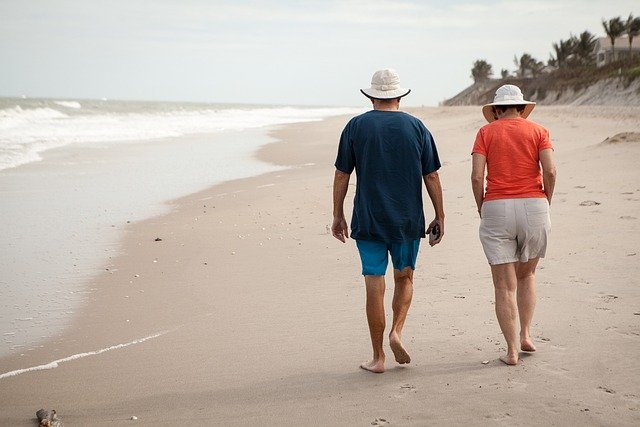Hip Osteoarthritis Treatment Port Macquarie
Do you suffer from hip osteoarthritis? Even after receiving a diagnosis, trying pain medications, and possibly seeking help from a physio, are you still enduring considerable pain? Have simple activities like bending over to put on socks or going for walks on the beach become difficult?
If you are tired of living with ongoing pain, limited mobility, reliance on pain medication, and the potential need for surgery, then this article is for you.
What is Hip Osteoarthritis?
Hip Osteoarthritis is a degenerative form of arthritis that primarily affects individuals aged 50 and above, although it can also occur in younger individuals. It is characterized by the gradual deterioration of the protective sliding surface (cartilage) in the hip joint. As the cartilage wears away, it becomes rough and frayed, leading to a reduction in the protective space between the bones.
Consequently, bone-on-bone contact can occur, causing discomfort and friction. In response to the loss of cartilage, the affected bones may also develop bone spurs (osteophytes) as a compensatory mechanism.
The progression of hip osteoarthritis is gradual, and the associated pain tends to intensify as time goes on.

Hip Osteoarthritis Symptoms:
-
Gradually worsening hip pain over time.
-
Increased hip pain and stiffness, particularly in the morning, after prolonged periods of sitting, or following physical activity.
-
Pain experienced in the groin or thigh region, with the possibility of pain radiating to the knee or buttocks.
-
Challenges in walking or bending forward due to discomfort.
-
Reduced range of motion and mobility in the hip joint.
Causes of Hip Osteoarthritis:
-
Age: As you age, the capacity of your cartilage to heal diminishes. Consequently, hip osteoarthritis commonly affects older adults.
-
Injury: Sustaining a significant hip injury in the past can increase the risk of developing hip osteoarthritis later in life.
-
Obesity: There is a direct correlation between body weight and the pressure exerted on the hip joints. As weight increases, the pressure on the hip joints also increases.
Hip Osteoarthritis Treatment and Management
If you have concerns about how hip osteoarthritis can impact your independence and quality of life, or if you're seeking alternatives to pain medication, cortisone injections, or surgery, here are three actionable steps you can take today:
Weight Management:
Avoid gaining excess weight and consider losing a few kilos if you are overweight. Maintaining a healthy body weight helps alleviate pressure on the hip joints, reducing discomfort.
Exercise:
If you currently engage in high-impact exercises like running, consider switching to low-impact activities such as walking or swimming. These exercises are gentler on the hip joints.
Early Treatment:
It is crucial to initiate treatment as soon as possible. Hip osteoarthritis is a progressive condition where the hip joint's cartilage gradually deteriorates over time. By starting treatment early, you can help slow down the cartilage deterioration and help manage the condition more effectively.
Enquire today to learn more about how we can support you or to schedule a complimentary 15-minute Hip assessment.
Ryan Samuels, Dr. TCM, Reg Acupuncturist
Learn
What to expect from your therapy or treatment.
About
Learn about our practitioners' extensive experience.
FAQs
Answers to most frequently asked questions.

Introductory Offer for New Patients
Call (02) 5590 0232 to book your FREE 15 minute assessment.



